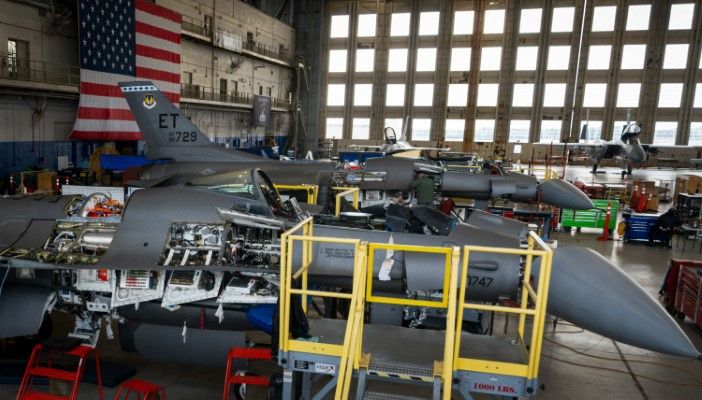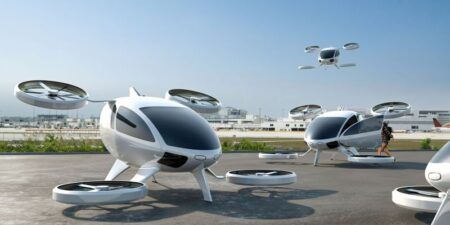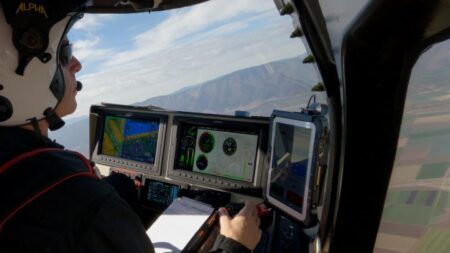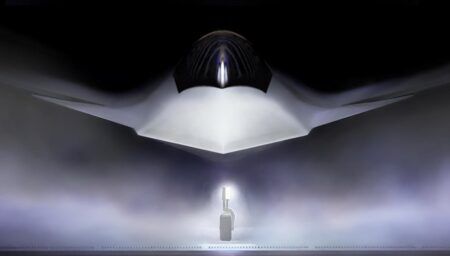The VENOM US Air Force project, which is developing and testing the technology for autonomous ‘wingman’ drones has received its final F-16 aircraft ahead of a flight test program planned for October.
The final of six F-16s for the Viper Experimentation and Next-gen Operations Model – Autonomy Flying Testbed program, also known as VENOM – AFT arrived at Eglin Air Force Base in Florida this week.
VENOM is part of the US Air Force’s effort to develop Collaborative Combat Aircraft (CCA), also known as Wingman drones, and sometimes referred to as MUM-T (Manned UnManned Teaming) operations.
Three of the VENOM F-16s are currently being modified. Adjustments to the F-16s include changes to their software, hardware and instrumentation to enable autonomous flight.
The aircraft are also being fitted with an auto-throttle so the autonomous systems flying VENOM to regulate the flight control surfaces and the thrust.
Maj. Trent McMullen, 40th Flight Test Squadron’s advanced capabilities division chief, said, “Modifying the aircraft is the result of a rigorous design phase and brings us one step closer to testing autonomy on a fighter jet with real mission systems and capabilities,”
So far the VENOM program, which was launched in April last year, has tested the autonomous systems in faster-than-real-time modelling and simulation environments in aircraft combat scenarios.
The simulations include one-on-one and two-on-two combat flights and within-visual-range and beyond-visual-range missions. The data from these tests is analyzed to help test engineers improve the autonomy.
“The simulations provide an efficient way to train the autonomy to learn complex air combat tactics.” said McMullen. “A specific scenario can be run 1,000 times and the variations and decisions made throughout that mission can be studied. We can then make recommendations to the developers on how to improve the autonomy’s behaviors and overall performance.”
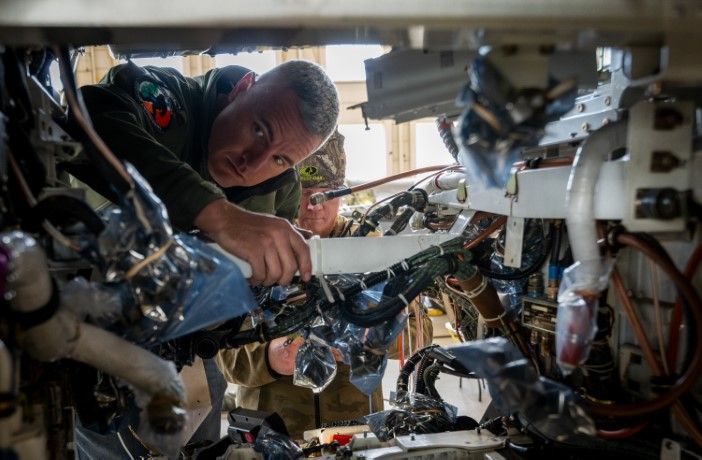
VENOM engineers are also using hardware and software-in-the-loop testing with the autonomous systems to test they integrate effectively and reliably with the F-16s.
Test engineers are also working to confirm autonomous commands cannot break the aircraft or hurt the pilot by ensuring the autonomy can’t go past its limits or exceed the F-16’s flight envelope regardless of the commands given to it. This is done inside an F-16 flight simulator.
Once the software and hardware tests are examined and cleared, the VENOM program will move to ground testing with a fully modified F-16.
When the aircraft begins flight testing, a test pilot will oversee the flight with the ability to start and stop the autonomy in real time. The hardware tests will examine how to manage aggressive aircraft maneuvers that are within the pilot’s physical and physiological safety limits.
Just like most F-16 and F-15 testing at Eglin, the VENOM program will undergo simultaneous developmental and operational testing (DT and OT).
“Having both DT and OT pilots working and flying from the same location allows for daily collaboration and reduces the stove piping of knowledge and lessons learned,” said Lt. Col. Jeremy Castor, VENOM operational test lead.
The US Air Force said that the collaboration has advanced the program forward so that possibly within only 18 months of the first F-16s arriving, a fully modified aircraft will be ready to begin testing.
“As the VENOM program’s first flight approaches, we are excited to test novel autonomous solutions. The strides we’ve witnessed in the simulation environment suggest VENOM will help advance aerial combat capabilities for future crewed and uncrewed platforms,” said McMullen.
Last month the USA Air Force revealed that its first two CCAs will be the General Atomic’s YFQ–42A, and Anduril Industries’ YFQ–44A.
ENDS


